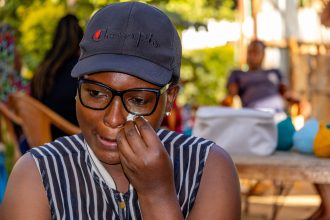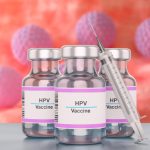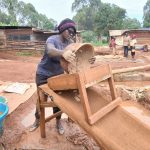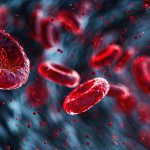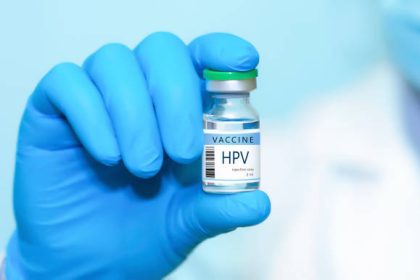Mastectomy is one of the most common and effective surgical treatments for breast cancer, often used to remove cancerous tissue and lower the risk of the disease spreading or returning. Understanding how the surgery works, the types available, and what recovery involves is key to informed care.
Breast cancer, the most frequently diagnosed cancer among women in Kenya, ranks first in terms of new cases and second in the number of deaths among all cancers in Kenya. Early detection through self-examination and regular mammograms is crucial for effective management.
Breast cancer treatments include:
• Surgery
• Radiation therapy
• Chemotherapy
• Hormone therapy
• Immunotherapy
What is a mastectomy?
A mastectomy is surgery to remove infected tissue from a breast. It’s most often done to treat breast cancer or to prevent it in individuals with a high risk, and it can be unilateral, meaning on one breast or bilateral, on both breasts.
Types of mastectomies:
- Unilateral mastectomy
- Bilateral mastectomy
- Simple or total mastectomy, which involves the removal of the entire breast, including the nipple, areola, and some skin.
- Radical mastectomy, which involves the removal of the entire breast, nipple, areola, and skin, along with some lymph nodes in the armpit
- Skin-sparing mastectomy, which involves the removal of the breast tissue while trying to preserve the skin and nipple
- Nipple-Sparing mastectomy, which involves the removal of the breast tissue while trying to preserve the nipple and areola
- Skin-reducing mastectomy, which involves the removal of breast tissue and some skin to reduce the size of the breast.
How is a mastectomy done?
A mastectomy is usually performed under general anaesthesia. This means you are in a sleep-like state during the surgery.
The surgeon starts by making an incision around your breast, the skin is then lifted up and away revealing the tissue underneath, the surgeon then begins to carefully cut the breast tissue, when the breast has been completely freed, it is lifted away exposing the top layer of muscle, the doctor will push the muscle aside fully exposing the fatty tissues, within the fat deposit lies lymph nodes, lymph vessels, blood vessels and nerves.
Using great care not to damage the large thoracic nerve, the doctor will remove lymph nodes and surrounding fat. Blood vessels will be tied off and the doctor will thoroughly examine the surrounding tissues for any other signs of disease.
When the surgical team is satisfied, they have removed the cancer, they will release the muscles and other tissue. One or two small drainage tubes will be temporarily placed at the site. Then the incision will be closed with stitches, and finally, a sterile bandage will be placed.
After surgery, the breast tissue and lymph nodes are sent to a lab for testing. Results from the lab will show whether all the cancer was removed and whether cancer was found in the lymph nodes. Your doctor will explain what the results mean and what the next steps will be in your treatment.
Complications of a mastectomy surgery:
- Bleeding
- Infection
- Delayed healing
- Pain
- Swelling in your arm
- Formation of hard scar tissue at the surgical site
- Shoulder pain and stiffness
- Numbness in the chest.
- Numbness under your arm
- Buildup of blood in the surgical site
- Changes in the way your chest or breasts look after surgery
You may choose to have surgery to restore shape to the breast. This procedure is called breast reconstruction. It may be done at the same time as a mastectomy or as a second operation later.
According to GLOBOCAN 2022 data, breast cancer is the most common cancer. Kenya reported 7,243 new cases and 3,398 deaths. Globally, there were 2.3 million women diagnosed, and 670,000 deaths reported.
The objective of the World Health Organisation Global Breast Cancer Initiative (GBCI) is to reduce global breast cancer mortality by 2.5% per year, thereby averting 2.5 million breast cancer deaths globally between 2020 and 2040.
This explainer was first published by Willow Health Media on April 21, 2025.



